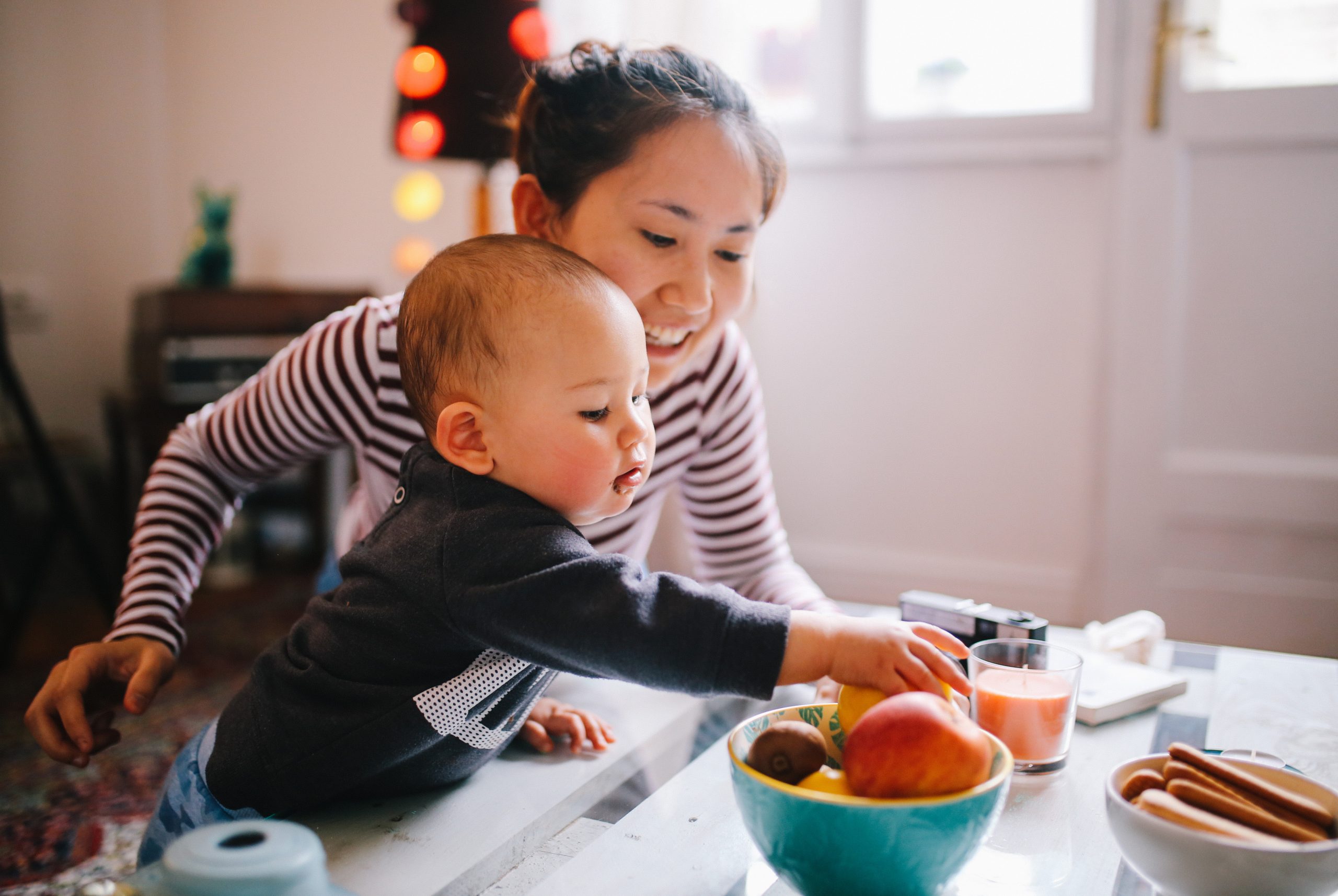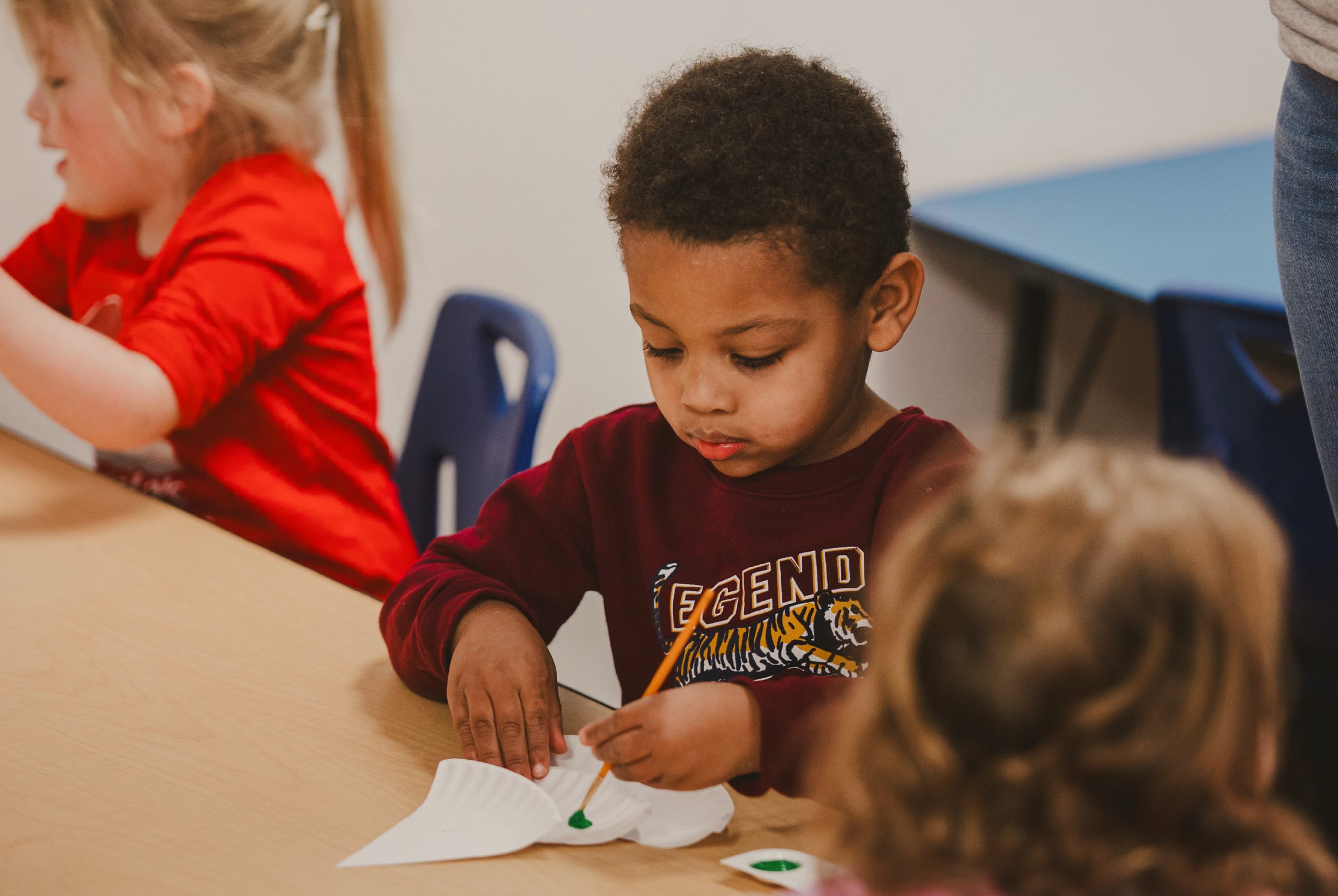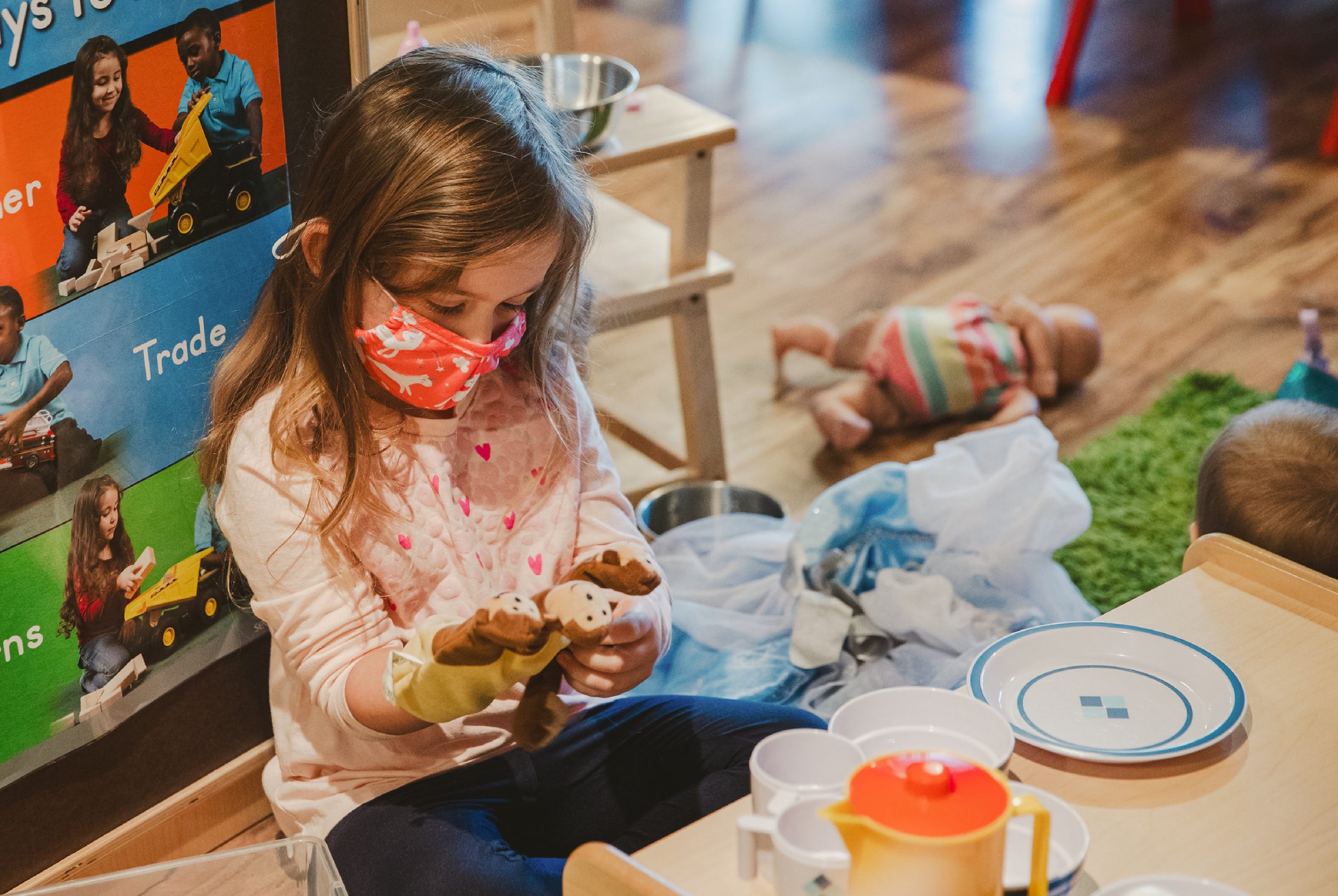
Step Up To Quality Stories
How to Help Children Stay Present with Mindfulness Activities
Take a deep breath in, hold for three seconds, and let it out. Simple activities like these can help you become more aware of the present. Mindfulness allows you to tune in to what’s happening now, whether that’s the different smells or noises you hear around you. Being mindful is simply being aware of what you are experiencing in that moment.
Benefits of mindfulness for young children
While children might not have a meeting they’re running late for, or wake up and realize they forgot to do laundry, they too have to overcome different stressful situations. Babies cry when they need something, and toddlers try to communicate but can have a hard time expressing their needs with words. Every stage of life brings new and different adversities people must overcome.

By teaching children at a very young age how to appropriately find ways to work through their stressors, children will be able to carry such practices into adulthood. The ability to retain these habits is possible because mindfulness can chemically change the brain. A study done by researchers from the University of British Columbia and the Chemnitz University of Technology found that the anterior cingulate cortex, the part of the brain that is responsible for self-regulation, had performed better in people who practiced mindfulness compared to those who did not. Their findings showed self-regulation works to purposefully direct attention and behavior. The anterior cingulate cortex is also associated with learning from past experiences and helping to choose between right and wrong. These optimal learning skills can help enhance how children learn at such an early stage of their cognitive development.
Mindfulness might seem like another fad, but teaching mindfulness to children does in fact have lasting effects. It gives children the tools to build confidence, deal with awkward or challenging situations and cope with stress. Mindfulness helps with three very important skills developed in early childhood: increased focus, improved academic performance and decreased levels of stress.
Tips for incorporating mindfulness into everyday life
When it comes to teaching children about mindfulness, it is better to slowly warm them up to the idea rather than diving in head first. Make sure they are actually understanding and aware of what is around them and not just doing as they are told. After you are done introducing children to the idea of mindfulness, they can be more receptive to sitting still and focusing on themselves. Try these easy and fun introductions to mindfulness.

Snack time mindfulness
-
- Start by giving out an age-appropriate snack
- Before eating, have children smell the snack and describe what they smell
- As they are eating, ask them to describe what they taste or feel on their tongue
- After eating, ask them to describe how they felt while eating the snack
Teddy bear breathing exercise
-
- Have children lie down with a stuffed animal on their belly
- Ask them to breathe in and breathe out
- As they are breathing, have them notice how the stuffed animal moves up and down with every breath they take
These exercises introduce children to the idea of being aware of their senses. It also provides them with a fun way to experience mindfulness by having a snack or playing with a stuffed animal.

Once you’ve introduced children to mindfulness, they can start diving into some more comprehensive activities. As a parent or provider, this should not be stressful for you. Be sure to reference the many easy guides online for ideas, and simply have your children follow along and listen. Here are a few:
Be Like Nature: Mindfulness for Preschoolers
A 4-Minute Meditation for Kids
Clouds: A Guided Meditation for Kids
Mindfulness activities are just one way to boost the quality of care
You may already have mindfulness activities in your curriculum without realizing it, and we hope these tips give you ideas for new, fun ways to step it up a notch. If you’re ready to learn other ways to boost the quality of your care, Step Up to Quality helps great child care providers become even better. If you’re a parent who’s on the search for providers who are committed to quality care, check out our search tool to find options near you.
